One of the many pieces of bad advice that new photographers hear all the time is that 645 format isn’t worth it. Some photographers believe 645 isn’t much bigger than 35mm and doesn’t capture enough detail to be worth shooting.
So, is it worth it to purchase a 645 camera?
645 format cameras are perfect for portrait, wedding, and landscape photographers who want to get a few extra shots per roll of 120 film. The system offers lenses with larger apertures, better autofocus, exceptionally sharp lenses, and has 3x higher resolution than 35mm film.
The 645 format makes for an ideal entry point for photographers who want to take high-resolution photos on film. This format is one of the most accessible ways for photographers to get into medium format, offering sharp glass and high-quality cameras with plenty of features that make them ideal for professional use.
In this guide, I’ll show you why I personally believe the 645 format is best for professional photographers who want to start shooting medium format today.
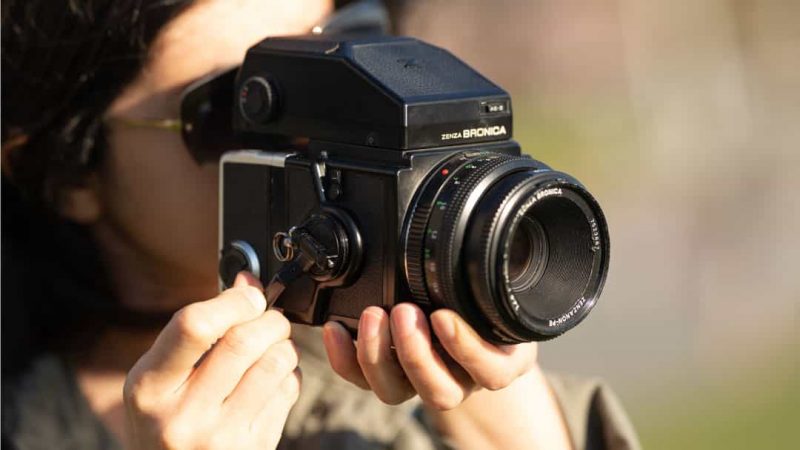
Are 645 format film cameras good for beginners?
If you’re new to analog photography, or already have a 35mm camera, then a 645 medium format camera is a perfect choice.
645 cameras are ideal for beginners because you get more shots per roll, and the system is cheap to get started with.
These cameras are designed with working professional photographers in mind, who don’t have as much time to load new rolls of film every 5 minutes. So the bodies are often built well, and have extra features, like light meters or built-in autofocus (depending on the year of the camera).
But another great reason to get into 645 medium format photography is that it is the cheapest system.
It’ll cost around $1,000 to buy a Pentax 67, $800 Mamiya RB67 camera, or a minimum $2000 to get a Hasselblad 6×6 camera. But with a Mamiya, Bronica, or Pentax 645, you can get the camera kit with an extra lens and film back for under $1000 USD.
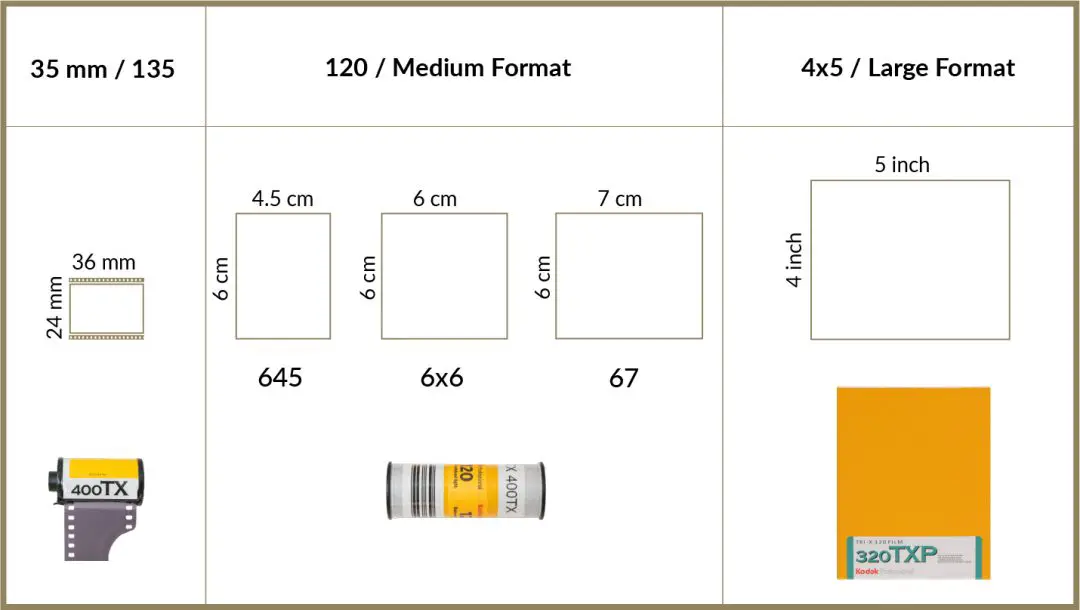
Less cropping than 6×6
The problem with the 6×6 format is that it’s not a normal print format. In most cases you will end up cropping the image into a landscape or portrait format, meaning much of the image space is going to be wasted anyway.
645 format is a print-ready format. It won’t require you to visualize and then crop images nearly as much as square format to fit them on a standard 8×10 sheet.
So really, if you’re printing images for weddings, magazines, and even Instagram (which needs a 5×4 image to maximize space), you will not only eke out more images in 645 formats, but you’ll also be wasting less space.
Of course, if you want to print in square format, you will have to crop and enlarge a 645 negative more than 6×6. But there’s no place for nonsense like that in an article that’s supposed to be about why intrepid photographers like you should buy a 645 camera.
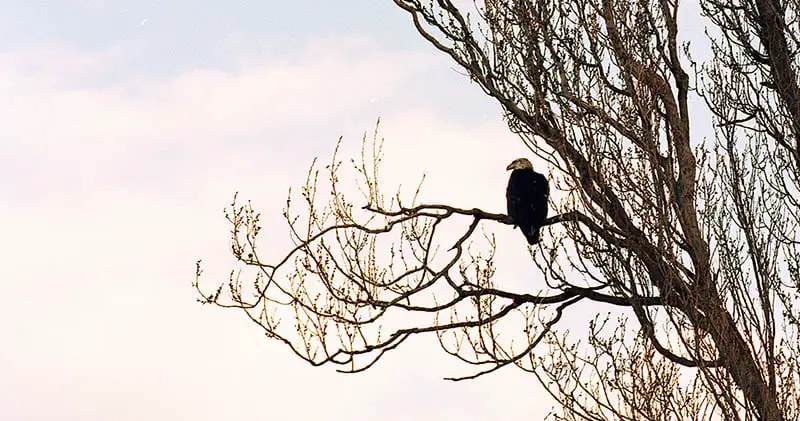
Larger lens apertures
If you’ve ever taken a look at the Hasselblad V-series lens lineup for the 500c, or 500c/m, you’ll have noticed that the maximum apertures for any lens other than the 80mm are smaller than f/4.
That means if you follow the golden rule of taking sharp hand-held images (where your shutter speed must be faster than the focal length of your lens), then you’ll have a hard time taking photos anytime outside of the brightest daylight hours.
You can always use a tripod, but that’ll slow you down more than film photography does.
Because of the smaller form factor and more modern design of a 645 camera, they are often able to use lenses with much faster apertures. F/2.8 lenses are much more common in both wide and telephoto lenses.
That makes it so much easier to take photos on the street or handheld without having to use extremely fast film like Ilford Delta 3200.
What are the best 645 cameras for beginners?
There are two main 645 format camera types. The rangefinders by Fuji, or the system cameras by Bronica, Pentax, Mamiya, and Contax.
The Fuji GS645/GA645 rangefinder-style point and shoot cameras, which come with either a 60mm f/4 lens, or a 75mm f/3.4 lens. The lenses collapse into the body and are not interchangeable.
I’ve never used one of these cameras, but many of the reviews suggest they’re fun cameras to use with very sharp optics.
The downsides of the Fuji 645 cameras are that they are noisy, have fixed lenses, and are full of electronics.
A single electronic failure can turn a just-under $1,000 camera into a shelf ornament.
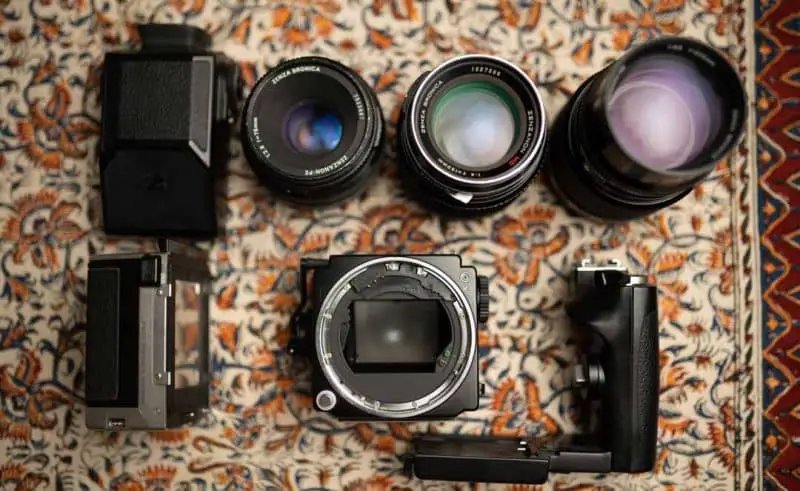
Professional 645 system cameras
Next up are the system cameras. These are cameras with interchangeable backs, metered and non-metered heads, waist-level finders, speed grips, and other accessories that allow you to shoot in any style that suits you.
System cameras are built with professional photographers in mind. The exchangeable backs mean that you can either have additional rolls of film preloaded for a shoot, or you can shoot simultaneously in color and black and white. There is no better feeling.
When you’re shooting weddings or portraits in the field, having multiple backs is incredible for keeping the shoot moving forward. They do come at an extra cost, but having two or three backs ready to go with film is simply amazing.
Which 645 system cameras are best?
There are three main manufacturers to look at when purchasing a 645 system camera. The most affordable options are the Mamiya 645, Pentax 645, and the Bronica ETR lineup.
For the professionals who want an almost-digital experience, there are also the Contax 645 cameras — but those start at $3,000 for a very basic kit.
All of these are modern cameras that do have some electronics inside. The Mamiya and Pentax 645 cameras are typically more reliable than the Bronicas at a similar cost.
But the Bronica lenses are the cheapest, and often some of the sharpest out there. Lenses like the 200mm f/4 for the Bronica are incredibly sharp and great for portraiture. Though, the 50mm f/2.8 and the 150mm PE can be a little lackluster around the corners.

Where should I buy a 645 camera?
The best place to buy an electronic film camera in good condition is on KEH.
KEH has a 90-day warranty on any used film cameras. If any issues pop up, it’s most likely that you’ll learn about them within the first 2 months.
eBay is another safe place if you find the cameras from a reliable seller. There have been a few cases where I have received items that were not as described in the listing description, and the sellers have always given me a refund and promptly provided a return slip.
If your case goes the arbitration, eBay usually sides with the buyer to ensure that the company’s reputation stays intact. So you can be sure that you will always get good, high-quality items when purchasing on eBay. Sometimes you may end up spending a little bit more money, but it’ll be worth it when you find a camera that will last you another 15-20 years.
The worst place to buy an electronic camera like these ones is on your local marketplace, at thrift stores, swap meets, or flea markets.
It can be nearly impossible to fully test a film camera that is bought in a private sale. High-pressure sales environments with swap meets and flea markets are by far the worst.
Take a look at this fungus-lens I purchased for the full, mint-condition price at a flea market because I didn’t have the time to fully test it out. Buyer beware, but also be smart and do some proper testing when purchasing used cameras.
Final thoughts
645 is my favorite film formats because it gives so much flexibility to photographers. The cameras are affordable and offer so many more features that aren’t usually available on larger medium format film cameras.
These are the cameras that most of the working professionals were using, because they have so many obvious benefits over 35mm and other medium format cameras. Having lenses with wide apertures is a major advantage for any wedding and portrait photographer because it means that they’ll be able to work with their favorite camera in a wide variety of situations.
These are just a few of the reasons why I always recommend film photographers getting into medium format to start with a 645 camera.
Have you ever used one of these cameras? Do you disagree with what I’ve said? Let me know down in the comments below!

By Daren
Daren is a journalist and wedding photographer based in Vancouver, B.C. He’s been taking personal and professional photos on film since 2017 and began developing and printing his own photos after wanting more control than what local labs could offer. Discover his newest publications at Soft Grain Books, or check out the print shop.

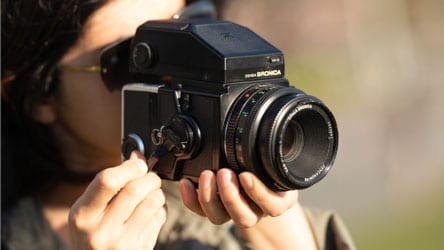
Struggling to find the right combination,,
My Mamiya six folder is out for restoration.
I am adjusting to a newer Mamiya 645 Pro.
Undoubtedly the larger format has much to offer.
Choosing a portable MF system is much more problematic..
TB
For sure! The 645 System cameras aren’t exactly all that portable either, tbh. If you’re looking for the smallest form factor, a TLR like a Rolleiflex or Yashica will probably be your best bet — although the lack of interchangeable lenses isn’t right for everyone.
I would consider one of Fuji’s 645 cameras, they have by repute good optics but are notoriously unreliable and expensive or impossible to fix.
The Mamiya 645 Pro is growing on me, it’s metering accuracy is possibly the best I have experienced.
TB
You’re conflating the Fuji GS645 with the GA645: the former only has a light-meter; the latter is “full of electronics”.